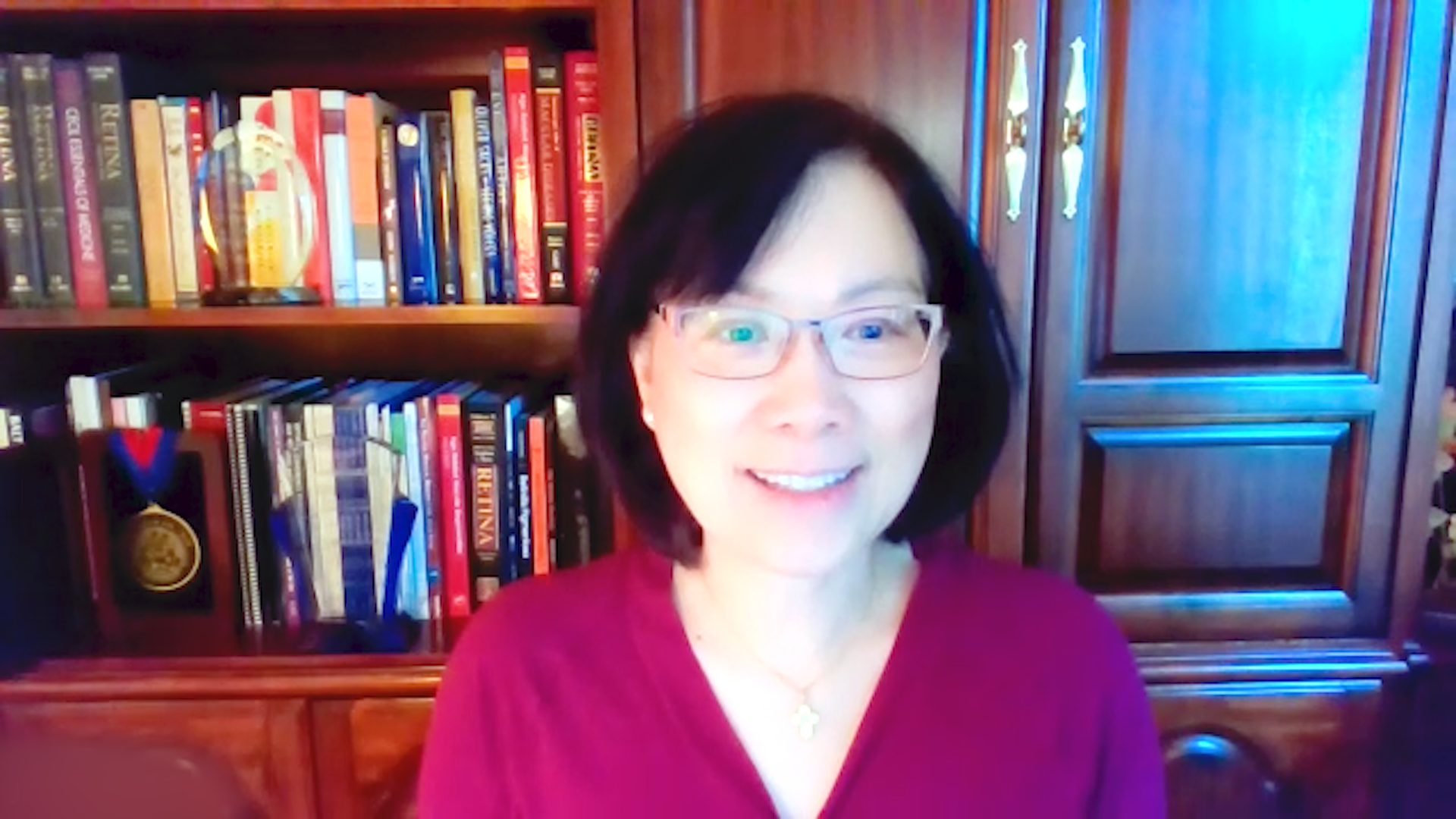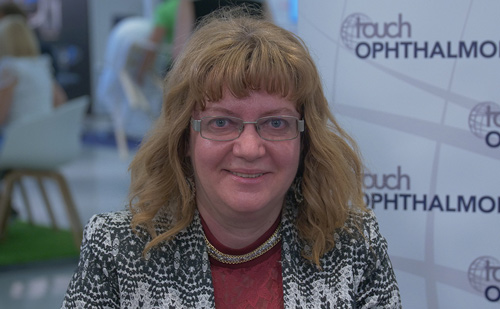The YOSEMITE/RHINE (NCT03622580/NCT03622593) trials were double-masked, active comparator–controlled, phase 3 trials investigating the efficacy, safety, and durability of faricimab 6.0 mg versus aflibercept 2.0 mg in patients with diabetic macular edema (DME). It was a pleasure to speak with Dr Andreas Pollreisz (Medical University of Vienna, Austria) around the YOSEMITE/RHINE trials as well as their post-hoc analysis presented at ARVO 2023 and how it might be used to inform future treatment decisions.
The presentation entitled ‘Faster time to retinal fluid control with faricimab versus aflibercept in patients with DME in the phase 3 YOSEMITE/RHINE trials’ was presented at the Association for Research in Vision and Ophthalmology Annual Meeting, May 05-09, 2023
Questions:
- What are the aims, design, and eligibility criteria of the YOSEMITE and RHINE trials? (0:15)
- What were the primary and secondary endpoints and how well were they achieved? (1:08)
- Could you tell us about your results presented at ARVO 2023 and how they might be used to inform future treatment decisions? (2:22)
Disclosures: Andreas Pollreisz is a consultant for Abbvie, Bayer, Oertli Instruments & Roche and discloses grant/research support from Zeiss Meditec.
Support: Interview and filming supported by Touch Medical Media Ltd. Interview conducted by Shanice Allen.
Filmed in coverage of the virtual ARVO 2023.
Click here for more content on DME
Transcript
My name is Andreas Pollreisz. I am a clinician researcher at the Department of Ophthalmology at the Medical University of Vienna.
What are the aims, design, and eligibility criteria of the YOSEMITE and RHINE trials?
YOSEMITE and RHINE were two large parallel, randomized, double masked phase III studies that assessed efficacy, safety and durability of faricimab compared to aflibercept in treatment naive and previous anti-VEGF treated diabetic patients with a center involving diabetic macular edema. Patients were randomized equally into one of three treatment arms. Faricimab 6 milligrams given every eight weeks after loading dose of 6 monthly injections. Second group was faricimab 6 milligrams treat and extend after a loading dose of four monthly faricimab injections and to compare them to aflibercept 2 milligrams given every eight weeks after loading dose of 5 monthly injections, which was and is a global label.
What were the primary and secondary endpoints and how well were they achieved?
Faricimab met its primary endpoint of being noninferior to aflibercept regarding best corrected visual acuity change from baseline at year one, the one year vision gains that were observed with faricimab both in the Q8 week arm and in the treat and extend up to Q16 were maintained through the second year and remained comparable with aflibercept given every eight weeks. Faricimab treated eyes showed improved anatomic outcomes in terms of reductions in CST as well as resolution of interetinal fluid compared to aflibercept over the study period of two years. The faricimab treat and extend specifically addressed durability and what was found was that at week 96 at the end of the study more than 60% of patients achieved a Q16 week dosing and almost 80% achieved a Q12 week dosing or longer. Regarding safety, faricimab was shown to be well-tolerated throughout the study, and showed an acceptable safety profile which was comparable to aflibercept.
Could you tell us about your results presented at ARVO 2023 and how they might be used to inform future treatment decisions?
In our post-hoc analysis we analysed whether targeting Ang-2 together with VEGF-A using faricimab leads to faster anatomical improvements in a time to event analysis of the pooled YOSEMITE and RHINE data. What we found was that first absence of DME, which was defined as a central subfield thickness of less than 325 micrometres and with a more stringent criterion of less than 280 micrometres was reached faster and with fewer infections in the faricimab treated patients compared to the aflibercept control group. When looking, for instance, at the cumulative incidence of when 50% of patients reached a CST of less than 280 micrometres. We found that this was reached four months earlier in the faricimab treated eyes. Similarly, absence of interetinal fluid in the central subfield 1 millimetre was also achieved faster and with fewer interactions with faricimab compared to aflibercept and the 50th percentile was reached in this case nine months earlier in faricimab treated eyes compared to aflibercept. What this data indicates is that early treatment with faricimab may lead to improved anatomic outcomes, which are beyond current anti-VEGF therapies.
Subtitles and transcript are autogenerated













